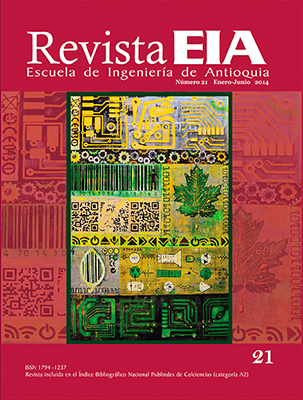EVALUATION OF NUTRITIONAL REQUIREMENTS IN NURSERIES OF TROPICAL SPECIES USED IN URBAN GREENING
EVALUATION OF NUTRITIONAL REQUIREMENTS IN NURSERIES OF TROPICAL SPECIES USED IN URBAN GREENING
Barra lateral del artículo
Licencia
![]()
Esta obra está bajo una Licencia Creative Commons Atribución-NoComercial-NoDerivativa 4.0 Internacional
Contenido principal del artículo
Resumen
One of the determining factors in urban tree development and growth is fertilization. We therefore studied the nutritional requirements of five tree species used in urban greening (Tabebuia chrysantha, Margaritaria nobilis, Hamelia patens, Apeiba aspera, Cupania americana) using the missing element technique. Differential responses by groups were found for nitrogen and sulfur deficiencies. The T.chrysanta, M.nobilis, and H.patens groups showed high sensitivity to nitrogen deficiencies. This was evident in a lower mean growth for all variables assessed: height, root neck diameter, aerial dry matter, and radical dry matter. The C. americana and A. aspera group showed the lowest mean growth for sulfur deficiencies. The HJ-Biplot representations, used to characterize the species’ response to each treatment, showed low growth yields for nitrogen and sulfur deficiencies in every individual tree species assessed. The imbalance of calcium/magnesium bases and magnesium/potassium bases affected height growth in all species. This was evident in the high growth obtained for the calcium- and magnesium-deficient treatments. The treatments that added calcium and/or magnesium accentuated the imbalance and gave low growth in all variables.


 PDF (English)
PDF (English)
 FLIP
FLIP


